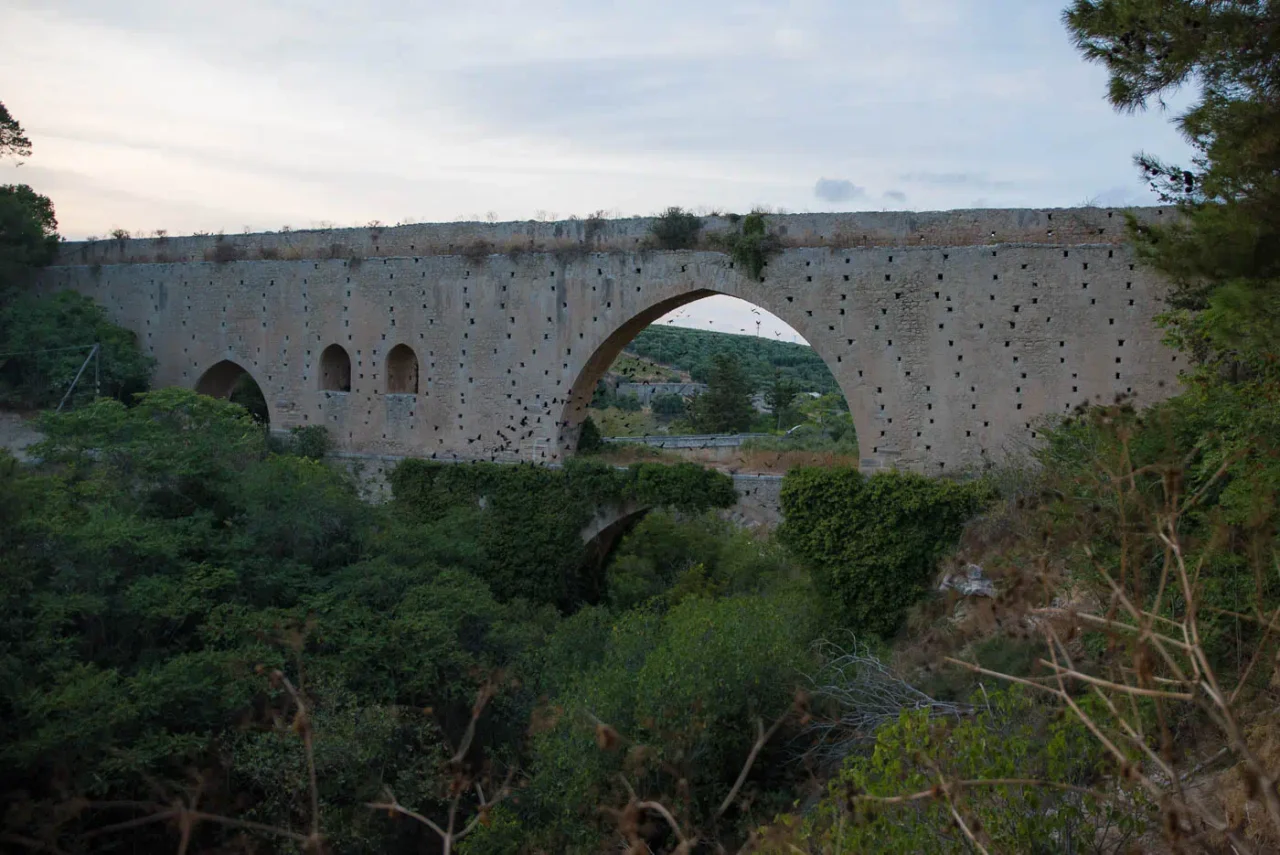
The narrative of aqueduct development in Crete is a captivating testament to the island’s continuous pursuit of effective water management strategies, spanning millennia and showcasing the resourcefulness and flexibility of its inhabitants. From the pioneering Minoan civilization to the Venetian era, Cretans have consistently devised and enhanced techniques to harness and channel water, leaving an indelible mark on the island’s urban landscapes and agricultural practices.
Minoan Crete: The Genesis of Aqueduct Technology
The earliest traces of aqueduct technology in Crete can be traced back to the Minoan civilization, which thrived between 3100 and 1100 BC. The Minoans, celebrated for their advanced engineering and architectural prowess, constructed intricate water supply systems in their palaces and settlements, such as those at Knossos, Malia, and Tylissos. These systems, though relatively small in scale compared to later aqueducts, demonstrate the Minoans’ grasp of hydraulic principles and their ability to navigate the island’s challenging terrain.
Classical and Hellenistic Eras: Expansion and Refinement
The aqueduct technology pioneered by the Minoans underwent further development and expansion during the Classical and Hellenistic periods (c. 490-67 BC). The city-states of Crete, such as Polyrrhinia, Eleutherna, and Kissamos, built impressive aqueducts and cisterns to cater to the escalating water requirements of their urban populations. These structures often integrated innovative elements, like tunnels to capture underground water and augment the aqueduct’s capacity. The aqueduct at Eleutherna, for example, transported water from a distant spring to the city through a vaulted channel, culminating in two large rock-cut cisterns.
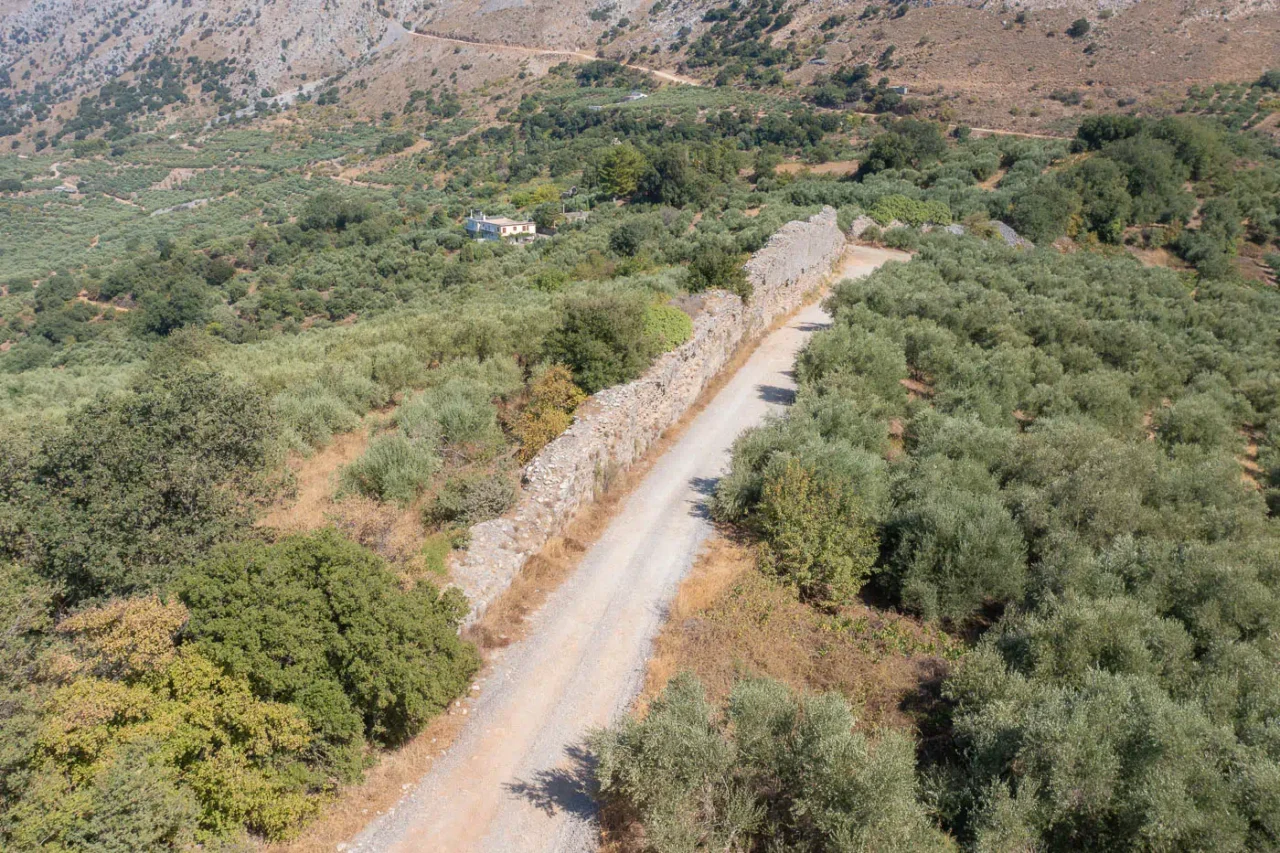
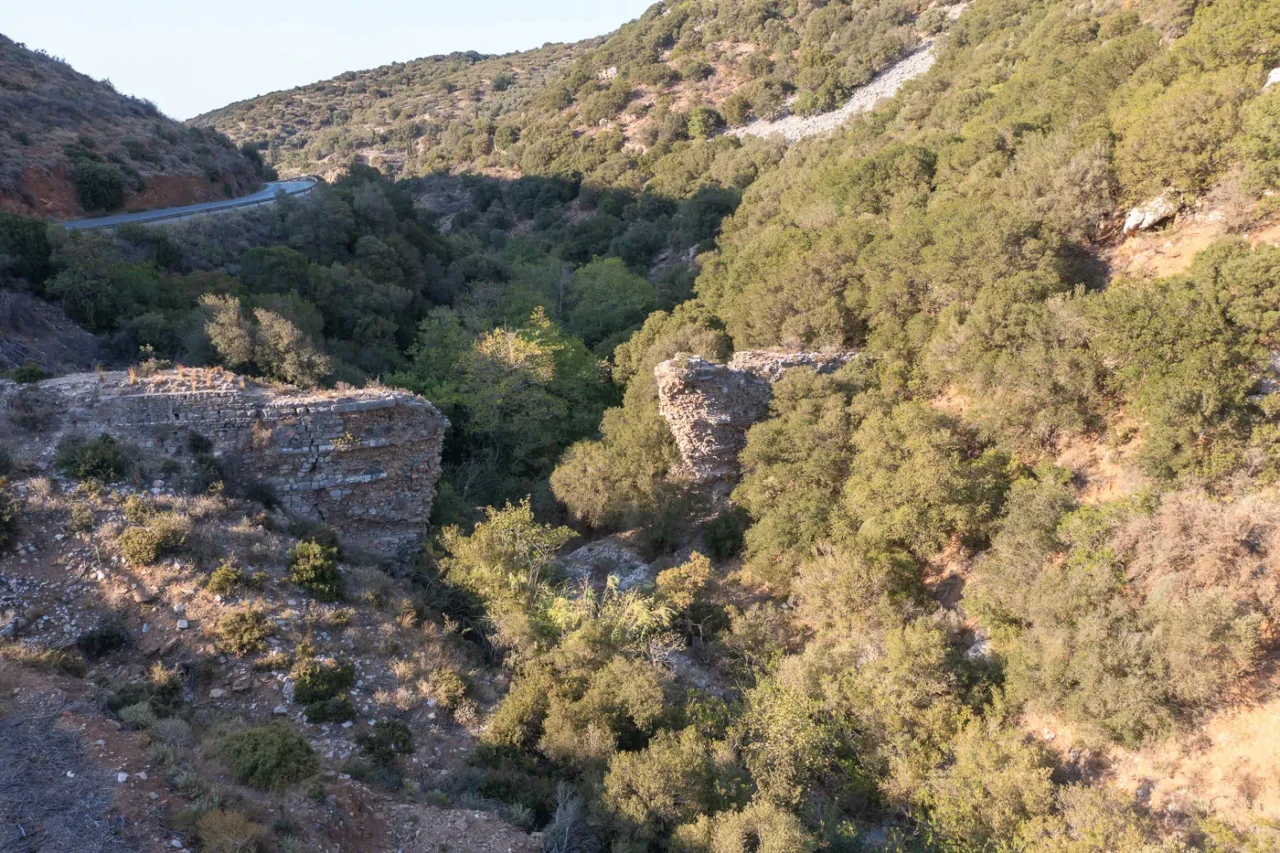
Roman Crete: The Zenith of Aqueduct Engineering
The Roman conquest of Crete in 67 BC ushered in a remarkable era of aqueduct construction. The Romans, renowned for their engineering expertise, erected numerous large-scale aqueducts across the island, including those at Gortys, Lyttos, and Chersonesos. These structures, often characterized by imposing bridges and extensive pipe networks, transported vast volumes of water across considerable distances, fostering the growth and prosperity of Cretan cities under Roman rule.
The aqueduct at Chersonesos, for instance, extended an impressive 14 kilometers, drawing water from two distant sources and culminating in a massive covered cistern. This system ensured a consistent water supply to the city, supporting its population expansion, urban development, and economic activities. The Romans also implemented aqueducts in other significant cities like Lyttos, Gortyn, Elyros, Falasarna, and Minoa, further demonstrating their commitment to developing the island’s water infrastructure.
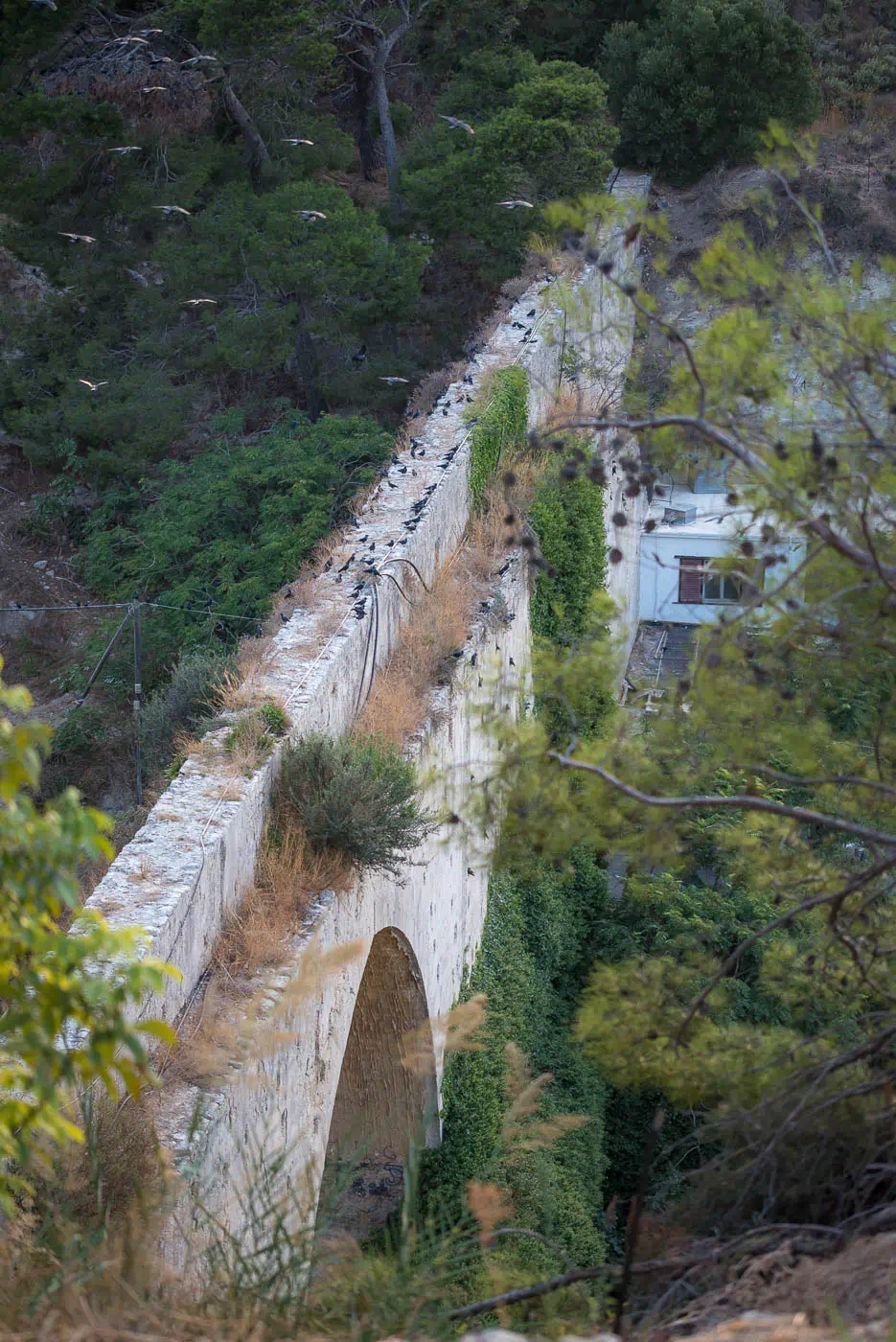
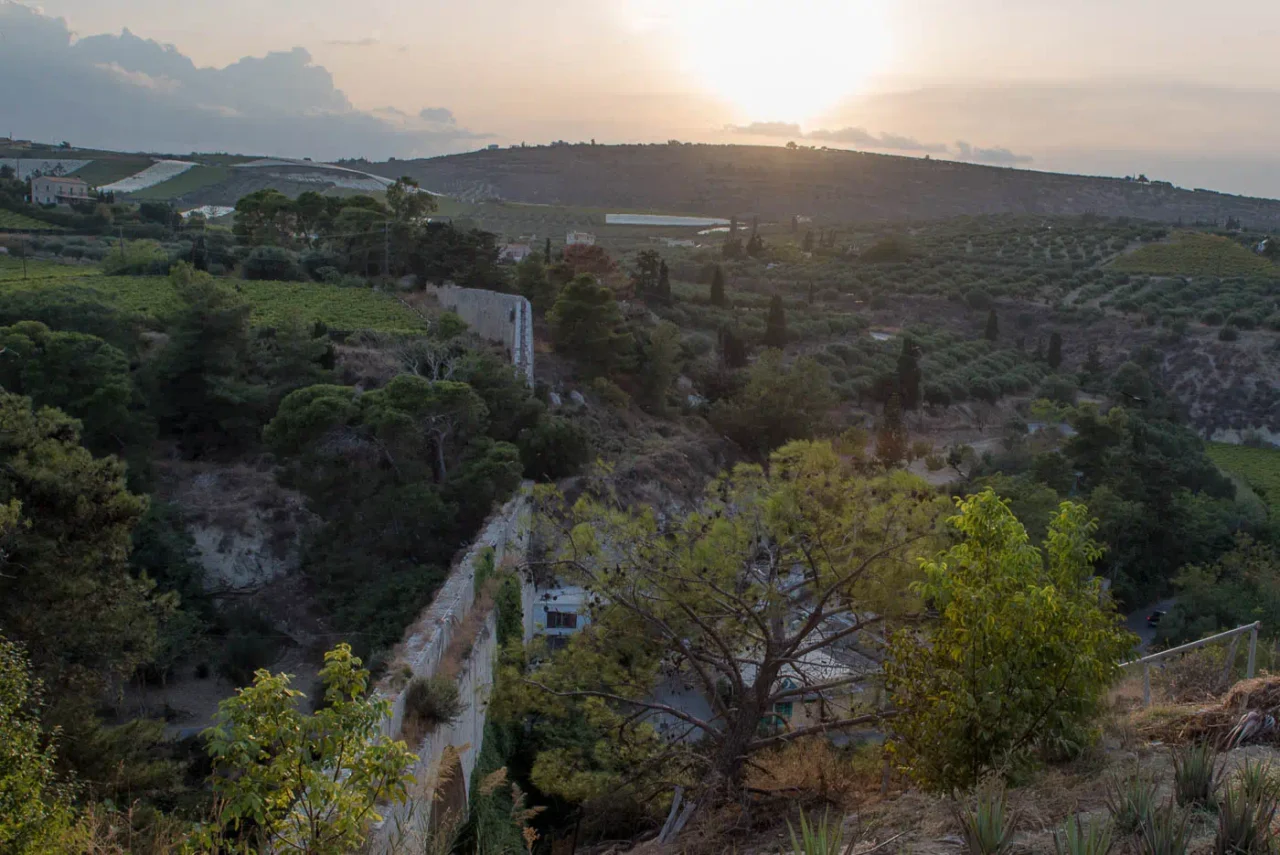

Byzantine and Venetian Eras: Adaptation and Maintenance
The decline of the Roman Empire and the subsequent Byzantine and Venetian rule in Crete witnessed a shift in emphasis from large-scale aqueduct construction to the upkeep and modification of existing Roman infrastructure. The Byzantines and Venetians repaired and adapted Roman aqueducts to accommodate the evolving needs of their cities and settlements.
In Iraklion, for example, the Venetians constructed the Morosini aqueduct in the 17th century, utilizing existing springs and channels to supply water to the city. The Ottomans and Egyptians, who governed Crete after the Venetians, also concentrated on preserving and repairing existing aqueducts, ensuring a continuous water supply for the island’s inhabitants.
Modern Challenges: Overtourism and Water Demand
While the historical evolution of aqueducts in Crete showcases remarkable ingenuity and adaptation, the island currently faces significant challenges in water management due to the pressures of over-tourism and a substantial increase in water demand. The delicate balance between water availability and consumption is further strained during the dry summer months when both agricultural and tourist activities peak.
The legacy of ancient aqueducts serves as a reminder of the importance of sustainable water management practices. As Crete continues to grapple with the complexities of modern water demands, it is crucial to draw inspiration from the past while embracing innovative and environmentally conscious solutions to ensure a secure water future for the island and its inhabitants.
References
Triantafyllia G. Nikolaou, Ioannis Christodoulakos, Panagiotis G. Piperidis and Andreas N. Angelakis, Evolution of Cretan Aqueducts and Their Potential for Hydroelectric Exploitation, Water 2017, 9, 31; doi:10.3390/w9010031

